Sex and literature (part 1)
Who becomes at least a bit horny when coming across an erotic scene while reading a book? Both prose and poetry have known such scenes since antiquity. Today we read erotic novels and works full of eroticism, and those that masterfully offer us only a piece of it, but it is enough to keep the book somewhere in our head.
Classical Antiquity
A lot of the preserved erotic works originate from antiquity. Among the most famous authors of that time are the poets Sappho and Archilochus. We got familiar with Sappfo's literature in high school, but we remembered her probably because teachers told us about her love for women, not because of her poems. She wrote love poetry, mostly in her own sapphic stanzas. She has created as many as nine poetry collections during her lifetime, but only one poem has been preserved - Prayers to Aphrodite.

Archilochus, unlike Sappho, wrote ticklish satirical poems. He was a highly regarded author during his lifetime. Some even compared him to Homer.
In ancient Rome, the most famous writers of erotic content were: Catullus, Martial, and Ovid. Three of Catullus' surviving manuscripts are now in Oxford and the Vatican. Many readers were surprised by his erotic poetry. Some poems praise a homoerotic love, but most of them are dedicated to women, especially Lesbia. Behind this name is the poet's lady friend, with whom he was sharing the bed, despite being married. Ovid also dedicated his love and erotic poems to his mistress Corinna. Most of them are written in an elegiac verse, and you can find them in Ars Amatoria, Remedia Amoris , and Amores. All three works made him famous. He was one of the greatest poets of the time.
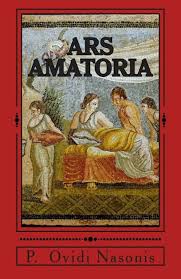
Among the novels of this period, Satyricon, written by Petronius the Arbiter, is best known for its expression of obscenity and eroticism. Besides that, it is famous for combining verse with prose and tragedy with comic elements. Encolpius, a retired gladiator, travels with his companion Ascyltos. Much like Don Quixote and Sancho Panza. Only that the first couple travels from brothel to brothel, from one orgy to another, from man to man, from woman to woman.
Middle Ages
In this dark period for literature, Boccaccio's Decameron saw the light of the world. Like it is happening today (coronavirus), the plague reigned in Florence in Boccaccio's time. Seven women and three men fled to the countryside, where they spent their time telling stories. Ten days - hundred stories. The book was banned for its sexual content in most countries long after it was written. Decameron influenced Chaucer's novel The Canterbury Tales. Some people say it is juicier than the novel Fifty Shades of Gray. It is full of mentions of the vagina and metaphors for it and for the penis.
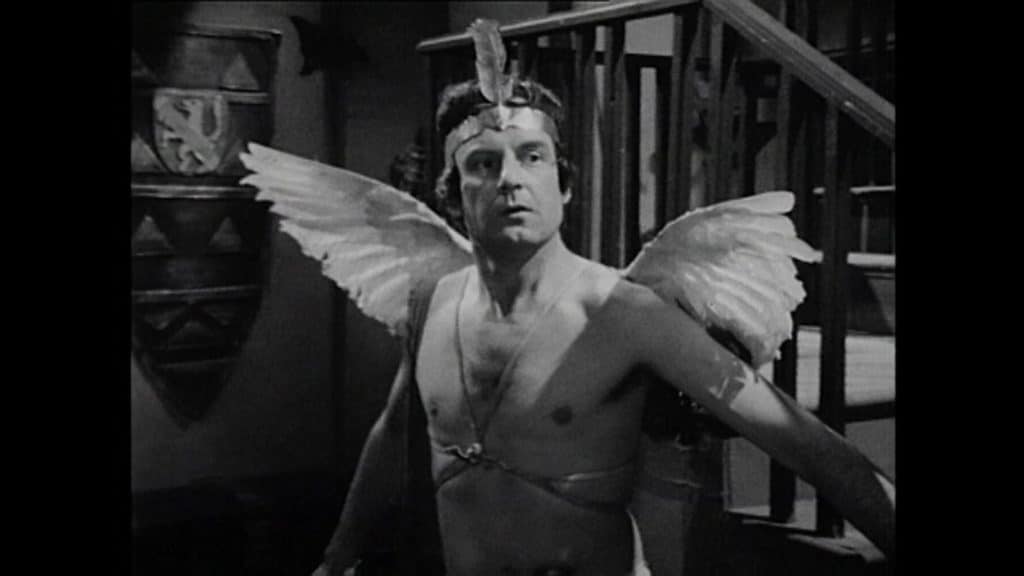
Fifteenth and Sixteenth Century
The best-selling book of the fifteenth century was Piccolomini's epistolary novel The Story of Two Lovers. It consists of letters sent to each other by two lovers who otherwise cannot be together. Lucretia is married to a very old, jealous gentleman. Although at first glance we would say that it is only a love story, the novel has quite a few erotic elements, which is especially interesting considering that the author later became pope. Slightly dirtier was Pietro Arentino. Erotic charge prevails not only in I Modi, but also in Ragionamenti in which he compares the sex lives of married women, prostitutes, and nuns. Even the great William Shakespeare did not escape the erotically spiced verses in Venus and Adonis and The Rape of Lucrece (Tarkin rapes Lucrece).
Seventeenth and Eighteenth Century
Sexual liberation also continued in the seventeenth century's literature. In this period, Don Juan was born, a man who seduces women and conquers whomever he wants. Also, this century has given us Marquis de Sade. He was crazy, to put it mildly, and there was quite a bit of scandal in his life. His most famous works - 120 Days of Sodom, Juliette, Justine, Philosophy in the Bedroom - are full of sexual scenes and violence. No wonder sadism was named after him.
Nineteenth Century
The nineteenth century was a time of Romanticism and, of course, love novels. At the end of this period, Gustave Flaubert published Madame Bovary. Married Emma Bovary, reading love novels like crazy, starts a love affair with Boulanger who is the complete opposite of her hardworking and peaceful husband. With him, Emma's life becomes an adventure. The female version of Don Quixote (they both want to live the life of novels) reminded me, in a way, of those four female friends in Sex and the City. Brands and sex are essential; only Emma eventually repents and kills herself.
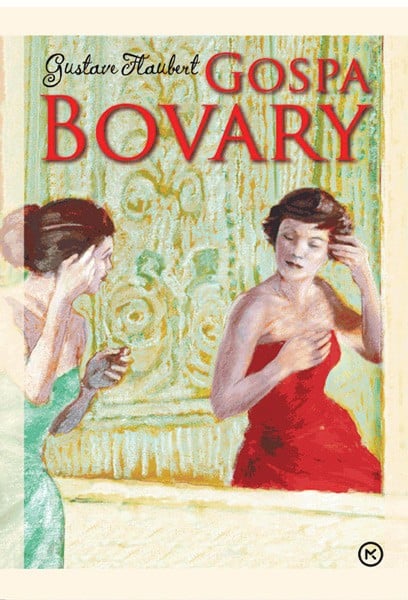
To be continued!

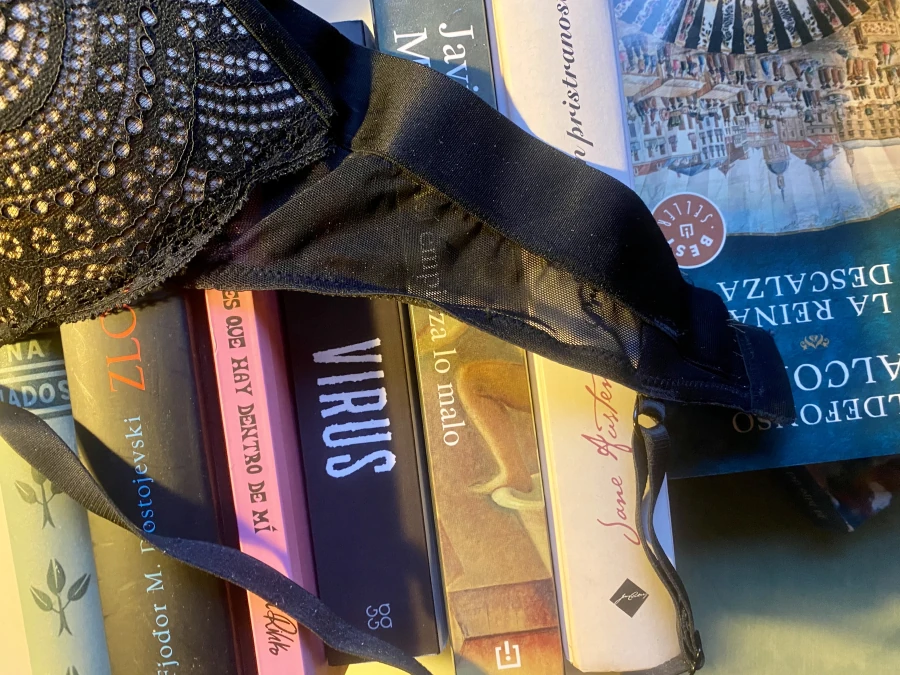
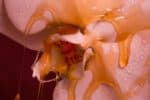
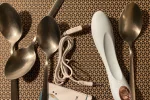
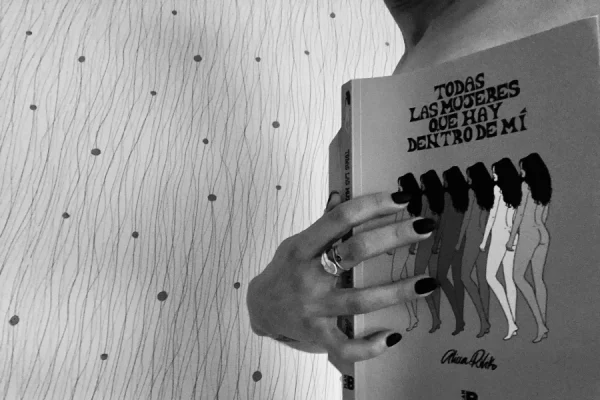

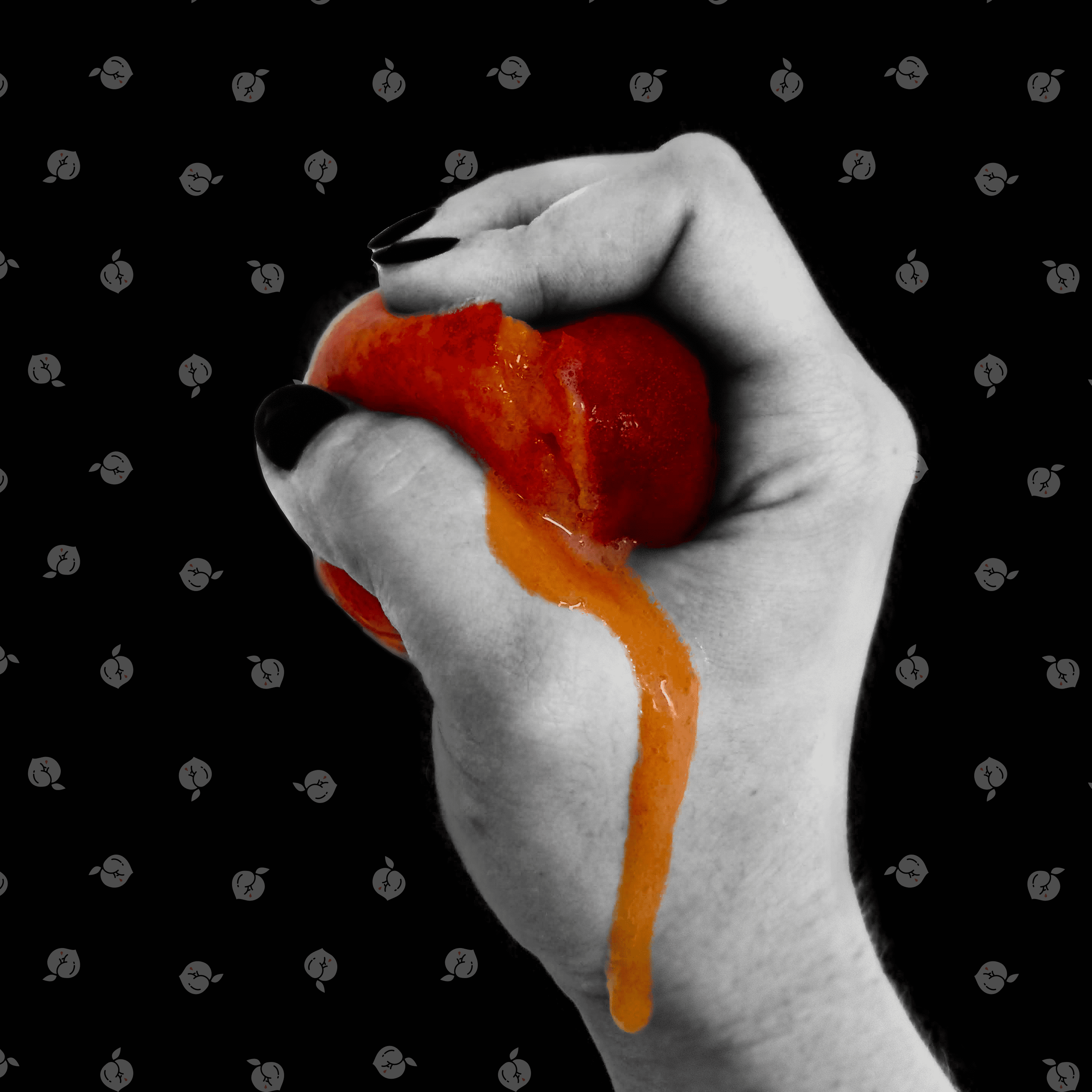

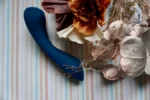







-0 comments-